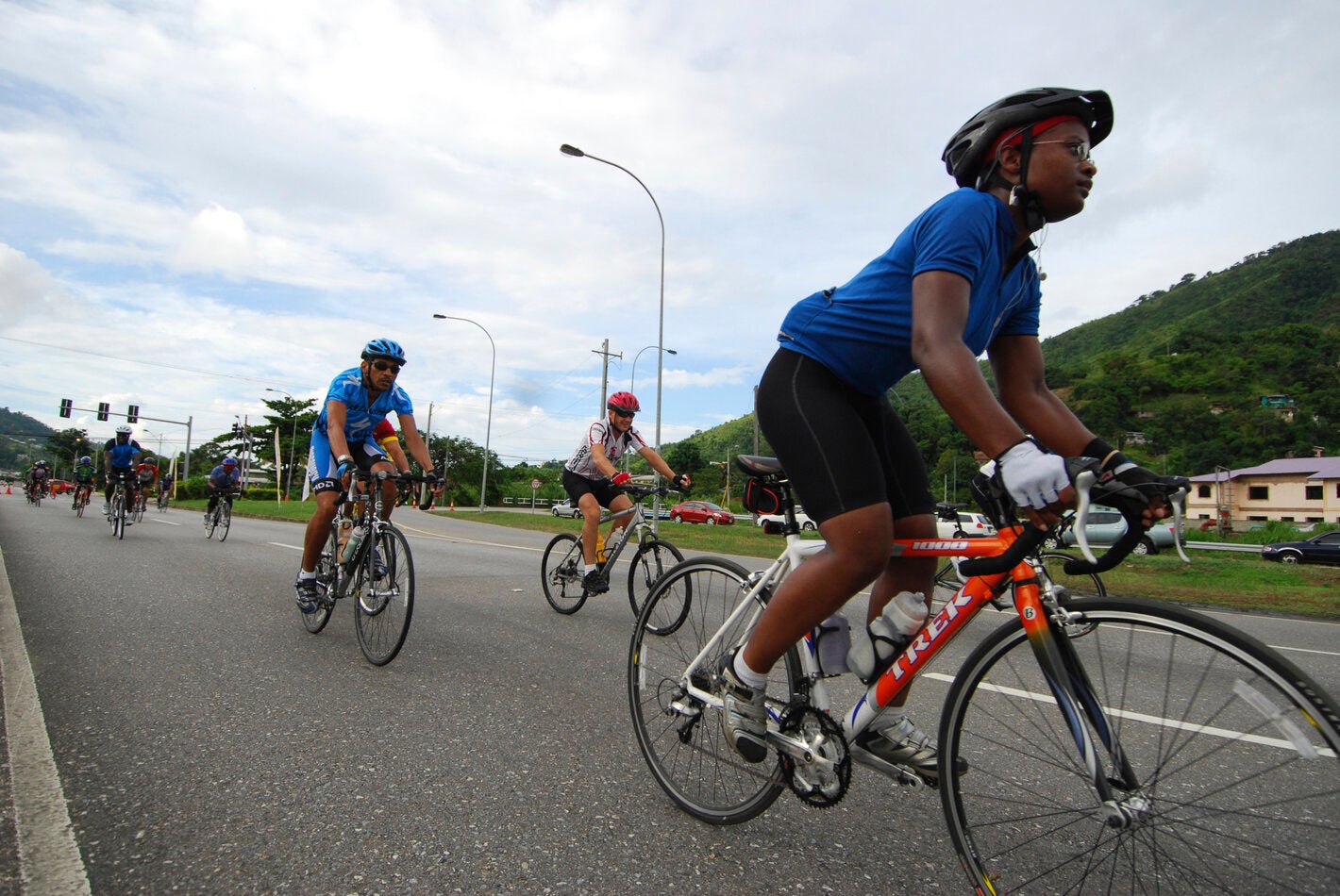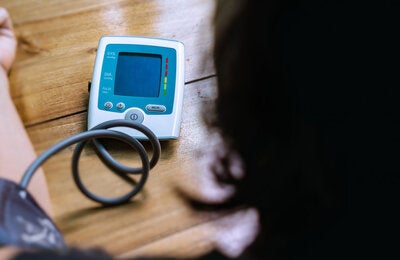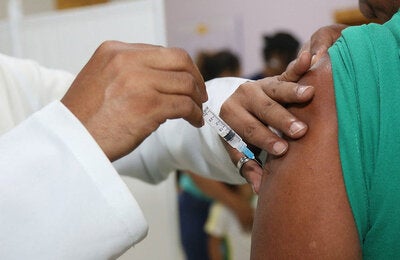
Geneva, 31 March 2020 (PAHO/WHO) - Physical inactivity has been identified as a leading risk factor for global mortality and a contributor to the rise in overweight and obesity. In 2010, WHO published Global recommendations on physical activity for health which detailed interventions for the primary prevention of noncommunicable diseases (NCDs) through physical activity at population level. The recommendations specified the different types, frequency and duration of physical activity for optimal health benefits for three population-age groups: youth 6-<18years, adults 18-65 years and older adults >65 years. The 2010 guidelines provided only general guidance on the risks of sedentary behaviour due to insufficient evidence to guide more specific statements at the time.
Over the last ten years there has been a large increase in the evidence on the health impacts of different types, amounts and durations of physical activity and on the health impacts of sedentary behaviours, as well as the interrelationship with levels of physical activity and health outcomes. Particular areas of new evidence include the impact of physical activity on mental wellbeing and cognitive health outcomes, health outcomes in older adults and in children under the age of 5 years. There is also increasing recognition of the importance of physical activity guidelines that are relevant and inclusive of people living with disability.
In 2019, WHO published new global guidelines on physical activity, sedentary behaviour and sleep for children under 5 years of age in response to Recommendation 4.12 from the Commission on Ending Childhood Obesity that called for clear guidance on these three topics in young children.
The Global action plan on physical activity 2018-2030 (GAPPA) identified as a priority (Action 4.1) the need to update the 2010 guidelines on physical activity in youth, adults and older adults Member States requested WHO to prioritize the updating of the 2010 Guidelines in the Resolution at World Health Assembly in May 2018 (WHA71.6). WHO has identified the development of these new guidelines as a global public health good in the program of work for 2020-2021 (GPW13)
WHO established a Guideline Development Group (GDG) comprising experts and practitioners from multiple disciplines and all WHO Regions to update the 2010 recommendations. The GDG met in July 2019, and set the scope of work and subsequently have reviewed the collated evidence. In February 2020 the GDG reconvened to complete the review of evidence and draft updated? guidelines on physical activity and sedentary behavior.
The overarching goal of these guidelines is to provide population-based recommendations using the latest available evidence concerning the amount of physical activity (frequency, intensity and duration) that will offer health benefits and mitigate health risks. Additionally, for the first time, these guidelines extend to provide recommendations on the association between sedentary behaviour and health outcomes. These guidelines have been developed for children and adolescents, adults, older adults and three sub-populations, namely pregnant and post partum women and those living with chronic conditions or disability. These guidelines will replace the recommendations on physical activity for health released in 2010 with the most recent advances in the evidence base for these behaviours and associated health consequences.
This public consultation is being conducted to enable the wider scientific and public health community, as well as end users of the final guidelines, including civil society and the community, to review the draft recommendations and provide comments. The consultation is particularly interested in feedback on the relevance and importance of these guidelines, the resource implications and if implementing these will benefit all in society.
The format of the consultation provides a semi structured survey to guide responders through key questions and to enable efficient collation of the feedback received.
We welcome feedback from all interested stakeholders and from all countries and contexts to which these guidelines would apply.
Please read the draft guidelines and provide your comments through this platform.
Closing date 17 April 2020, 17:00 CEST.
All contributions submitted through this process will be collected and consolidated by the WHO Guideline Steering Group and presented to the Guideline Development Group to inform final recommendations.
By submitting your comments, you confirm that you understand that your name, affiliation and feedback will be shared with the Guideline Development Group convened by WHO.
Please note that reading the draft guidelines may take 30-45 minutes. Participation in this process is completely voluntary. Please be aware that if you decide to participate, you may stop participating at any time. You will also be able to read through the various sections and return to submit your comment(s) later.



